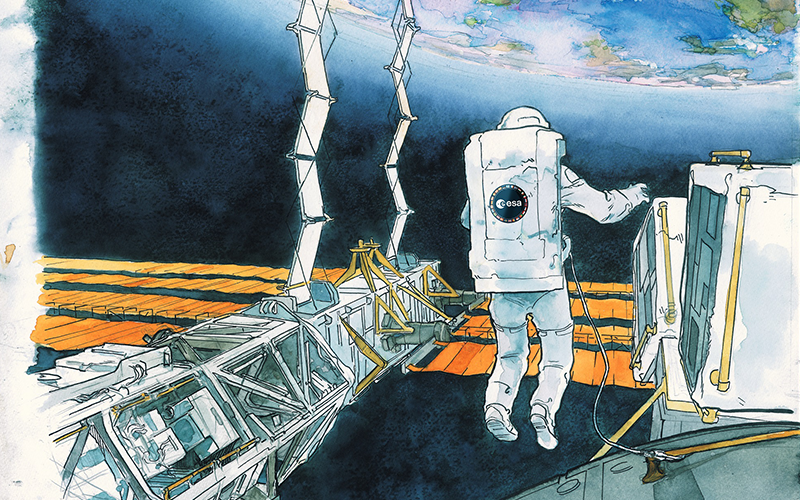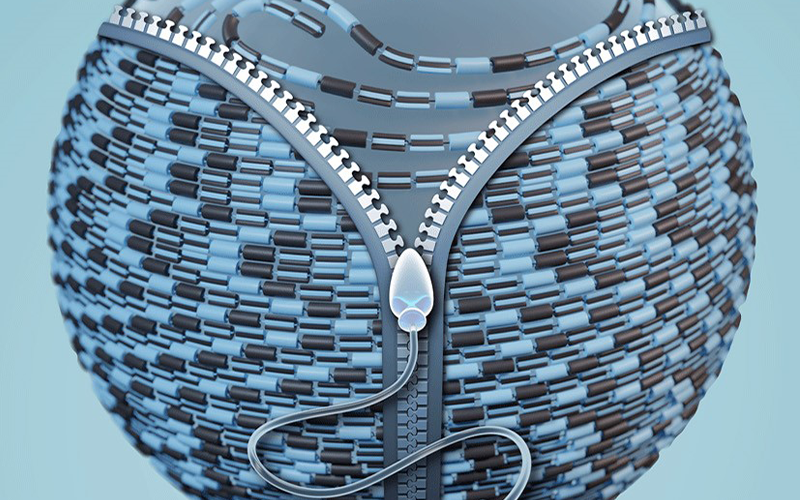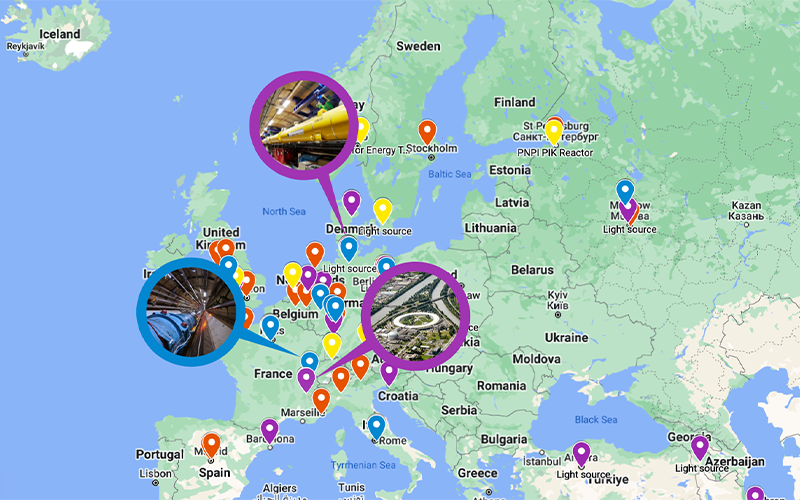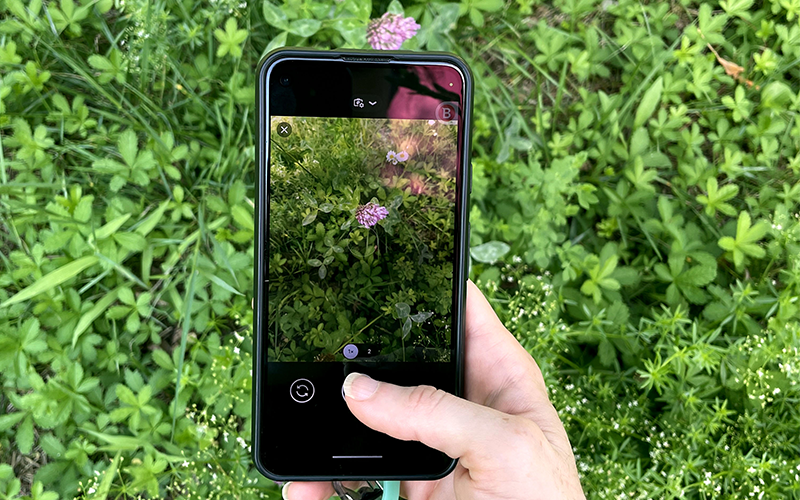
Biomimicry: a nature-based approach to designing sustainable futures
September 2, 2024 | Issue 69Learn from nature: biomimicry can be an inspiring interdisciplinary teaching tool that motivates students through engagement with real-world problems.


Learn from nature: biomimicry can be an inspiring interdisciplinary teaching tool that motivates students through engagement with real-world problems.

Discover five exciting projects from ESA and its ESERO network. Use space to motivate and enrich your lessons for out-of-this world STEM lessons!

Seeing is believing, but how can you be sure that what you see is real? Find out how to distinguish between real and fake astronomical images.

You shall not pass: discover how the protein coating around an egg cell ‘zips up’ after fertilization to stop more sperm from entering.

Spinning a yarn: explore the chemistry of wool and use it as a raw material for biobased products through simple hand-on activities.

Learn how to do quantitative chemistry using microscale techniques with bottle tops and inexpensive spirit burners that are relatively easy and quick to set up.

Did you know that there are more than 30 000 particle accelerators around the world? Where are they, and what are they for?

Small but mighty: investigate the role of herbaceous plants in the school garden for their contribution to biodiversity and sequestering carbon dioxide.